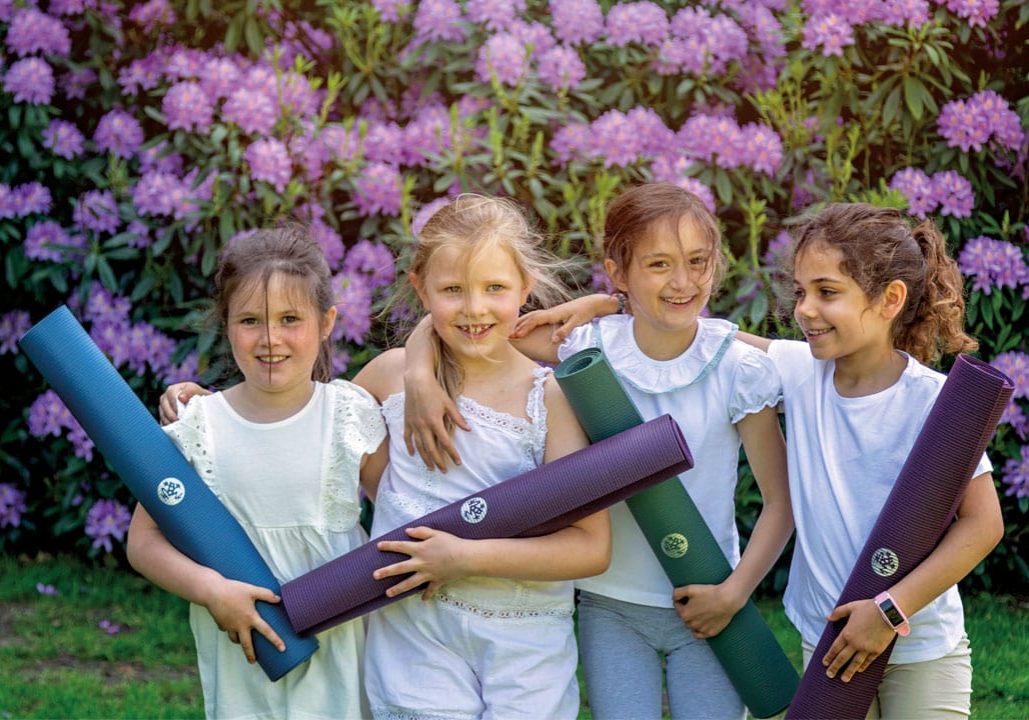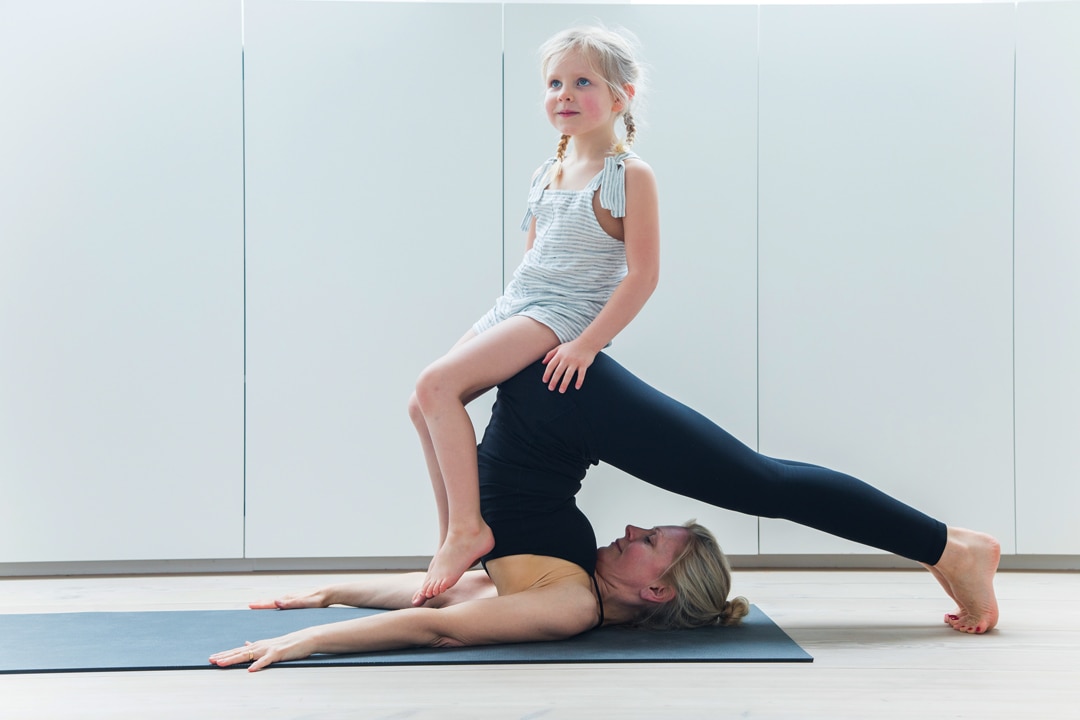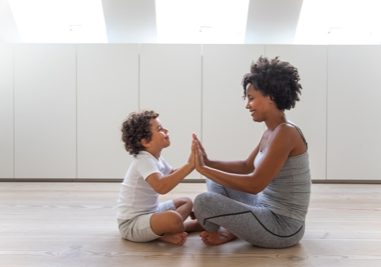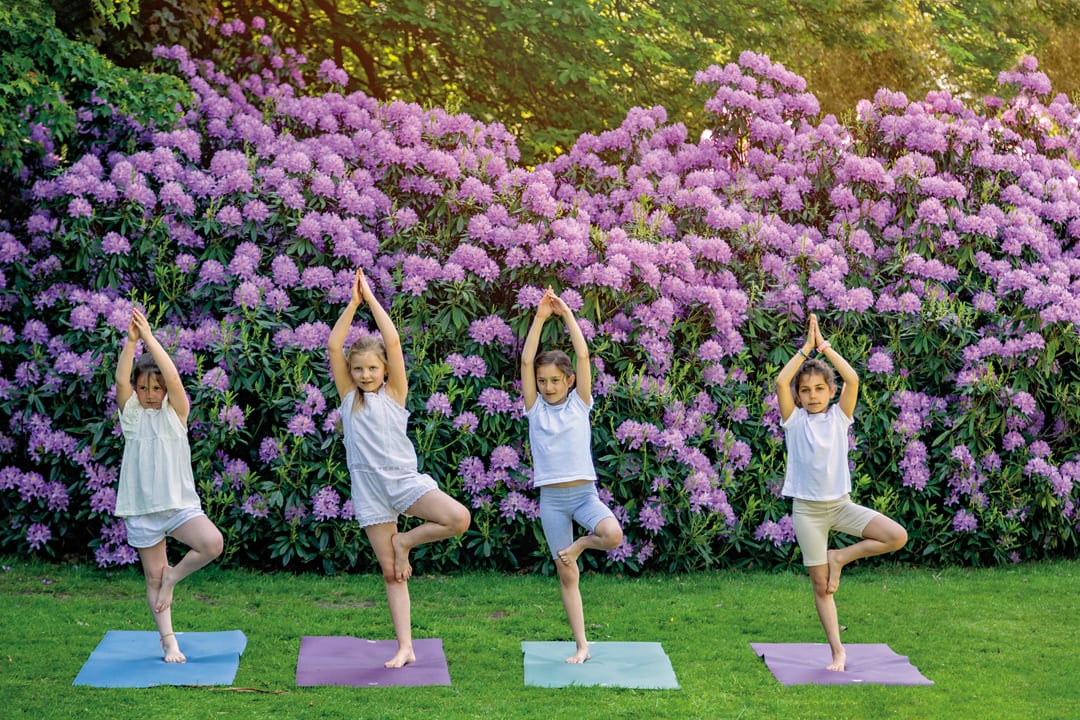
6 tips for teaching yoga to children
The 6 best tips for sharing yoga with children. By Dr Kiki Morriss
Children need yoga as much as adults, and by sharing these ancient practices, you are giving them a gift for life. Whether you’re a yoga teacher, schoolteacher, parent or a professional in charge of the wellbeing of children, here are some of the best tips and insights into the wonderful world of kids yoga.
1. Expect children’s yoga to be playful and full of life, when compared to the serene environment of an adult’s class
When I first taught yoga to children, I wasn’t prepared for how noisy and energetic the classes could be! I thought the children would quietly follow my instructions, as adults do, but how wrong I was!
The unique challenge of teaching children is finding ways to create an environment that allows them to be open and expressive but also calm, focused, respectful of one another and of you as the teacher.
2. Play lots of yoga games
The most effective way to share yoga with children is by playing games. I created the ‘A to Z of Yoga Game’ out of desperation during a Friday afternoon yoga class with a group of tired, distracted and uncooperative school children! It worked like magic and is now my go-to game in every class and with my own children. Even the teenagers continue to ask for it!
Another favourite game is the ‘Detective Yogi Game’, which teaches children teamwork, awareness and patience.
You could host a yoga birthday party for your child with yoga-related games and activities, such as pass the parcel with a yoga pose between each layer of wrapping or musical statues with a different pose each time the music stops. For younger children you could act out a popular fairy tale using the yoga poses for the characters and objects.
You can read about these games and activities in my book ‘Nurturing Your Family With Yoga’.
3. Make a class plan but be prepared to rip it up and be spontaneous
If you’re new to sharing yoga with kids, it’s a good idea to make a plan but be prepared to change it if it’s not working.
To teach children effectively you need to have lots of ideas up your sleeve and to be sensitive to the mood of the children on each particular day.
Yoga Nidra is great if they are feeling tired but you could end up with a room full of giggling children if they are feeling restless or awkward. In this scenario you might find that partner yoga or a flowing yoga sequence, where each child chooses a pose, works better.

4. Don’t take the children’s behaviour or words personally
One of the hardest parts of teaching yoga to children is how brutally honest they can be! When they tell you “I’m bored” or challenge you with “I don’t see the point of doing yoga”, it’s really difficult to remain neutral and unaffected. Many brilliant yoga teachers give up teaching kids because they interpret these words as rude and disrespectful. Similarly, many parents lose interest in practicing with their children at home as they appear disinterested.
Remember that a short-lived yoga pose or a single breath in and out might be the seeds that eventually grow into a lifelong love of yoga. Always be patient and see the bigger picture. Use your own yoga practice to give you patience, perspective and a creative outlook when sharing yoga with children.
When your breath and mind are steady, you can be an unmoveable mountain for children, regardless of what they say and do.
5. Get the children involved
Children engage with yoga when they are encouraged to be creative, making up their own poses and games.
Ask them to take it in turns to teach a round of sun salutation to the class. To liven things up I sometimes ask them to speak in a funny accent of their choice.
If you’re teaching a child who is particularly disruptive, gently ask them to use the mat next to yours and give them lots of responsibility.
Ask them to hand out props and to help you choose the activities and poses. Praise them generously.


6. Give your child their own yoga mat and use lots of props
If you are practicing with children at home, I would suggest giving your child their own yoga mat and allow them to choose the colour. Manduka Yoga, who have been sharing some of the best yoga apparel since 1997, have recently launched a beautiful range of PRO yoga mats for kids. They are the perfect-sized mats to encourage children to practice and play alongside you at home. It’s encouraging to see leading yoga brands supporting kid’s yoga.
Use props to create the right environment and to help children feel calm and comfortable. Lavender eye bags are a must for relaxation and guided meditation, as they encourage children to let go of their surroundings and to practice mindful awareness. Using a diffuser with essential oils gives children something to focus on. Cosy blankets are a great way to help children feel warm and safe.
Sharing yoga with children is often a challenge. However, when it works it is like some kind of alchemy and feels transformative for everyone.
I warmly encourage you to share yoga with the children who you are blessed to encounter in your life.
For more ideas on teaching yoga to children pick up a copy of the new book ‘Nurturing Your Family With Yoga’ by Dr Kiki Morriss. Out now.






